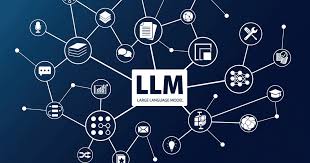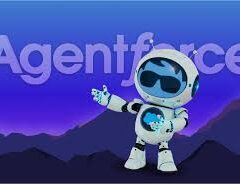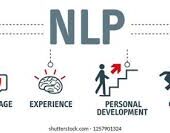Large Language Models (LLMs): Revolutionizing AI and Custom Solutions
Large Language Models (LLMs) are transforming artificial intelligence by enabling machines to generate and comprehend human-like text, making them indispensable across numerous industries. The global LLM market is experiencing explosive growth, projected to rise from $1.59 billion in 2023 to $259.8 billion by 2030. This surge is driven by the increasing demand for automated content creation, advances in AI technology, and the need for improved human-machine communication.
Several factors are propelling this growth, including advancements in AI and Natural Language Processing (NLP), large datasets, and the rising importance of seamless human-machine interaction. Additionally, private LLMs are gaining traction as businesses seek more control over their data and customization. These private models provide tailored solutions, reduce dependency on third-party providers, and enhance data privacy. This guide will walk you through building your own private LLM, offering valuable insights for both newcomers and seasoned professionals.
What are Large Language Models?
Large Language Models (LLMs) are advanced AI systems that generate human-like text by processing vast amounts of data using sophisticated neural networks, such as transformers. These models excel in tasks such as content creation, language translation, question answering, and conversation, making them valuable across industries, from customer service to data analysis.
LLMs are generally classified into three types:
- Autoregressive LLMs: Predict the next word in a sentence based on the previous words, making them ideal for tasks like text generation.
- Autoencoding LLMs: Encode and reconstruct text, excelling at tasks like sentiment analysis and information retrieval.
- Hybrid LLMs: Combine the strengths of both approaches for complex applications.
LLMs learn language rules by analyzing vast text datasets, similar to how reading numerous books helps someone understand a language. Once trained, these models can generate content, answer questions, and engage in meaningful conversations.
For example, an LLM can write a story about a space mission based on knowledge gained from reading space adventure stories, or it can explain photosynthesis using information drawn from biology texts.
Building a Private LLM
Data Curation for LLMs
Recent LLMs, such as Llama 3 and GPT-4, are trained on massive datasets—Llama 3 on 15 trillion tokens and GPT-4 on 6.5 trillion tokens. These datasets are drawn from diverse sources, including social media (140 trillion tokens), academic texts, and private data, with sizes ranging from hundreds of terabytes to multiple petabytes. This breadth of training enables LLMs to develop a deep understanding of language, covering diverse patterns, vocabularies, and contexts.
Common data sources for LLMs include:
- Web Data: FineWeb (fully English), Common Crawl (55% non-English).
- Code: Publicly available code from major platforms.
- Academic Texts: Anna’s Archive, Google Scholar, Google Patents.
- Books: Google Books, Anna’s Archive.
- Court Documents: RECAP Archive (USA), Open Legal Data (Germany).
Data Preprocessing
After data collection, the data must be cleaned and structured. Key steps include:
- Tokenization: Breaking text into smaller pieces, like words or characters, to help the model understand each part.
- Embedding: Converting text into numerical vectors that capture meaning, making it easier for the model to analyze and improve recommendations.
- Attention Mechanism: Focusing on the most important parts of a sentence to ensure the model captures the key elements.
LLM Training Loop
Key training stages include:
- Data Input and Preparation
- Collect and load data from various sources.
- Clean and normalize data, removing noise and handling missing information.
- Tokenize text into manageable pieces.
- Loss Calculation
- Measure the difference between predictions and actual values to calculate the model’s accuracy (loss).
- Hyperparameter Tuning
- Adjust parameters such as learning rate and batch size to optimize model performance.
- Parallelization and Resource Management
- Distribute the training process across multiple GPUs to speed up computations.
- Iteration and Epochs
- Repeat the process for several epochs to fine-tune the model’s understanding of the data.
Evaluating Your LLM
After training, it is crucial to assess the LLM’s performance using industry-standard benchmarks:
- MMLU (Massive Multitask Language Understanding): Measures the model’s natural language understanding and reasoning.
- GPQA (General Purpose Question Answering): Tests the model’s ability to handle complex, diverse questions.
- MATH: Evaluates mathematical reasoning through multi-step problem solving.
- HumanEval: Assesses the model’s coding proficiency.
When fine-tuning LLMs for specific applications, tailor your evaluation metrics to the task. For instance, in healthcare, matching disease descriptions with appropriate codes may be a top priority.
Conclusion
Building a private LLM provides unmatched customization, enhanced data privacy, and optimized performance. From data curation to model evaluation, this guide has outlined the essential steps to create an LLM tailored to your specific needs. Whether you’re just starting or seeking to refine your skills, building a private LLM can empower your organization with state-of-the-art AI capabilities.
For expert guidance or to kickstart your LLM journey, feel free to contact us for a free consultation.
🔔🔔 Follow us on LinkedIn 🔔🔔













